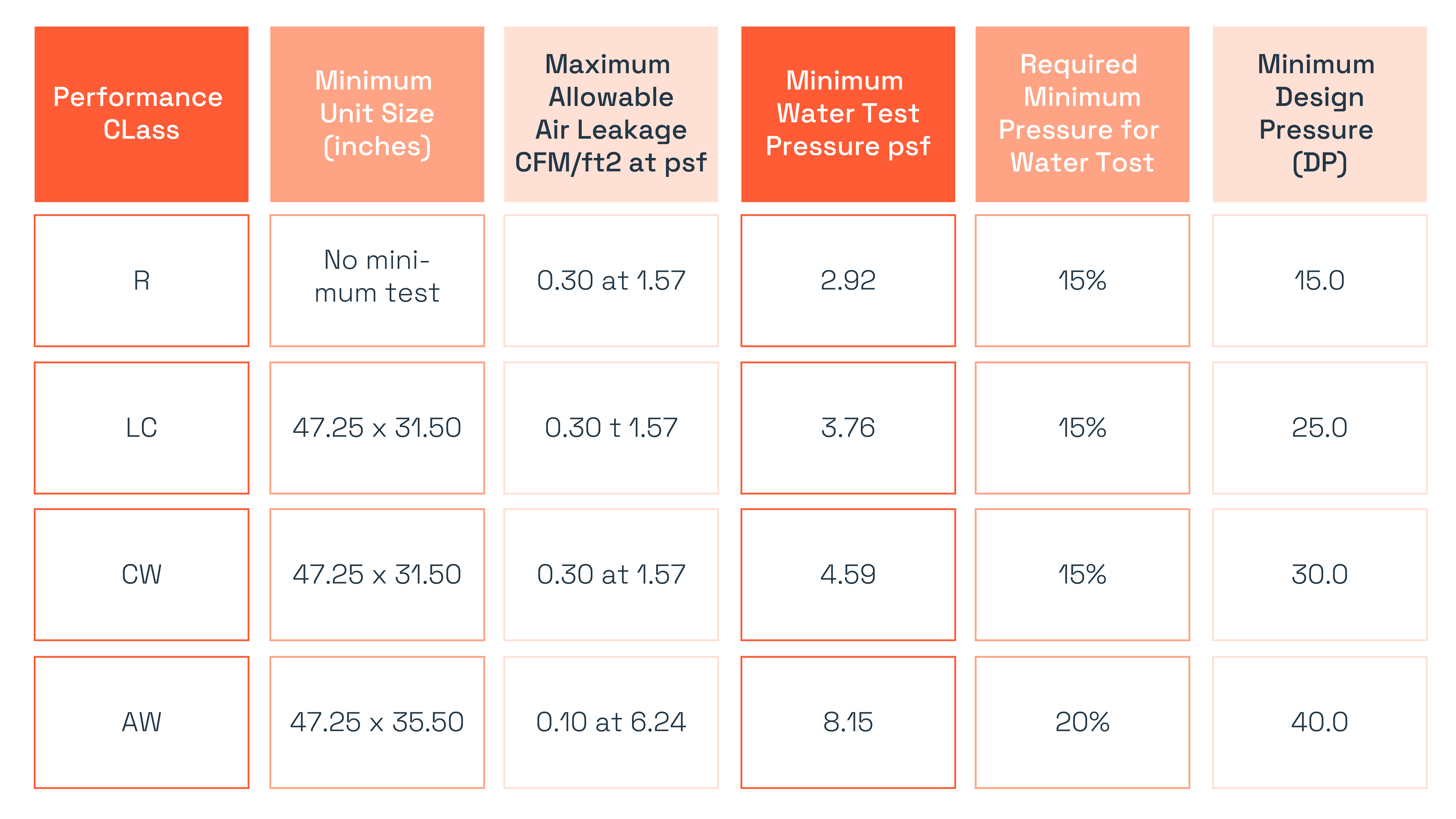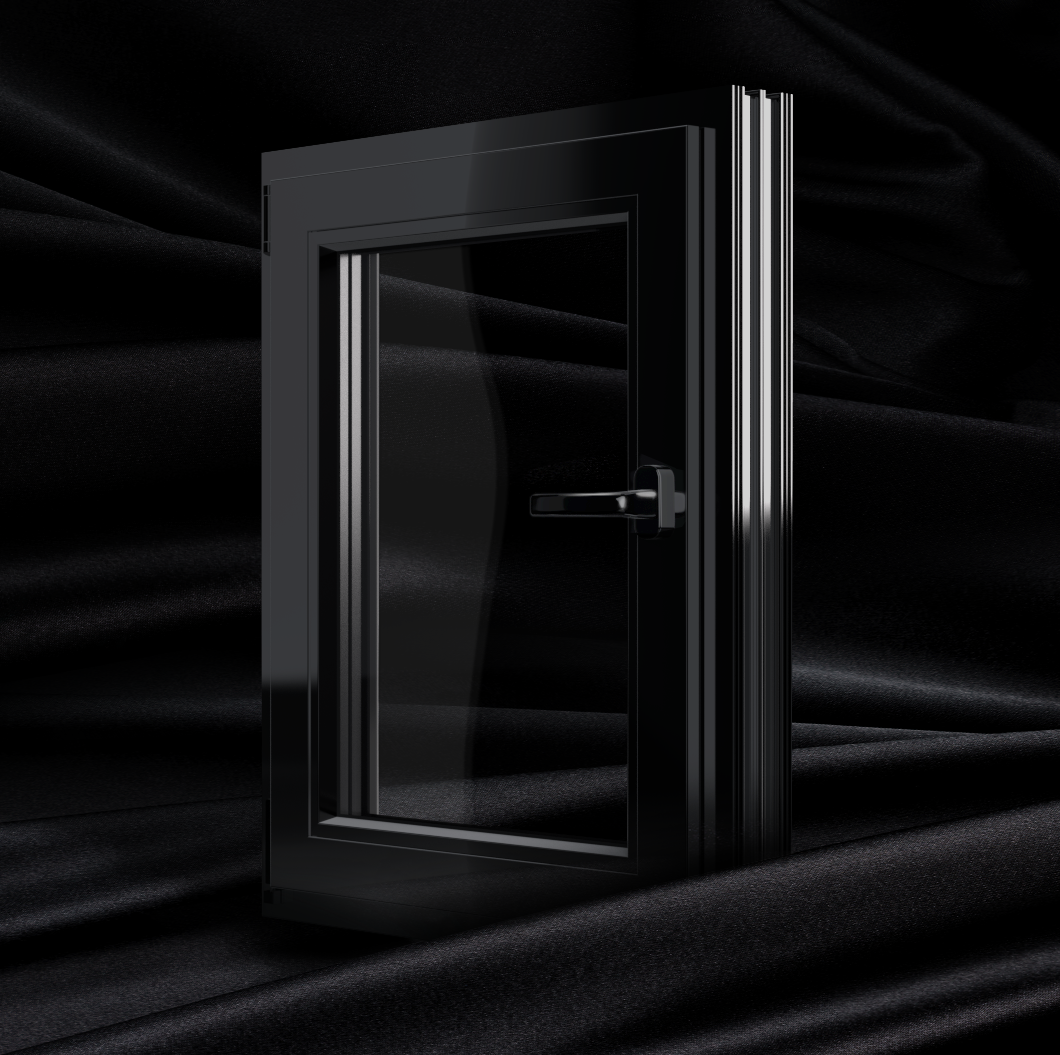When it comes to selecting the right windows for mid-rise buildings, developers and architects need to consider various factors such as durability, performance, and loading requirements. The North American Fenestration Standard (NAFS) and the Fenestration and Glazing Industry Alliance (FGIA) have introduced window performance classes to ensure that buildings are equipped with fenestrations that match their specific needs.
In this developer’s guide, we will focus on CW windows, which are designed for low-rise and mid-rise buildings where larger sizes, higher loading requirements, limits on deflection, and heavy use are expected. Let’s explore the minimum standards for CW window certification, how CW windows are tested, and the CW-PG 65 rating for mid-rise residential buildings.
What Are CW Windows?
CW windows, classified under the CW performance class, are specifically designed for low-rise and mid-rise buildings. These windows are built to withstand larger sizes, higher loading requirements, limits on deflection, and heavy use. The CW class is ideal for commercial and multi-family buildings that require robust and durable fenestrations. CW windows are engineered to withstand more demanding environmental conditions, making them a reliable choice for projects that prioritize performance and durability.
Minimum Standards For CW Window Certification
To ensure the quality and performance of CW windows, they must meet specific minimum standards for certification. The industry standard, AAMA/WDMA/CSA 101/I.S.2/A440 (NAFS), defines the minimum performance and testing requirements for four classes of fenestration products: R, LC, CW, and AW. Each class represents a different level of performance, with the CW class being the most suitable for low-rise and mid-rise buildings with higher loading requirements.

CW windows must meet certain gateway performance requirements, including minimum allowable performance levels for air leakage resistance, water penetration resistance, uniform load resistance, and forced-entry resistance. They are also subjected to tests for operating force, deflection limits, and durability. CW windows have a maximum allowable deflection limit of =L/175 (where L is the length of the unsupported span) under uniform load deflection tests. This ensures that the windows can withstand the expected loading requirements and limits on deflection.
How Are CW Windows Tested?
CW windows undergo rigorous testing procedures to ensure their performance and durability. The testing process includes air leakage testing, water penetration testing, structural performance testing, and forced-entry resistance testing. These tests are conducted in specialized test chambers following the guidelines established by the AAMA.

During air leakage testing, the window is subjected to a predetermined amount of air leakage, and any escaping air is measured. Water penetration testing involves spraying the window from the outside to determine if any water penetrates indoors. Structural performance testing measures the amount of wind pressure the window can resist before breaking. Forced-entry resistance testing evaluates the window’s ability to withstand forced entry attempts.
By subjecting CW windows to these tests, manufacturers can ensure that the windows meet the necessary performance standards and can withstand the expected loading requirements and environmental conditions.
CW-PG 65 Rating: How and When
The CW-PG (Performance Rating) 65 rating is a specific performance grade within the CW class. It represents windows that have been tested and certified to meet higher performance standards. CW-PG 65-rated windows are commonly used in a wide range of mid-rise residential buildings that require increased loading requirements and frequent and extreme use of fenestration products.
These windows are designed to withstand higher wind loads and offer improved durability and performance compared to lower-rated CW windows. The CW-PG 65 rating ensures that the windows can meet the specific needs of mid-rise residential buildings, providing the necessary structural integrity and performance.
At Vistaza, we offer CW-PG 65-rated windows that have undergone rigorous testing to ensure optimum structural performance and durability. Our CW-PG 65-rated windows are ideal for mid-rise residential buildings that require fenestrations that can withstand increased loading requirements and heavy use. By choosing Vistaza CW-PG 65-rated windows, developers and architects can have confidence in the quality and performance of their projects.
Conclusion
When it comes to selecting fenestrations for mid-rise buildings, CW windows offer the durability and performance needed to meet increased loading requirements. By adhering to the minimum standards for CW window certification and undergoing rigorous testing, these windows provide the necessary structural integrity and performance for commercial and multi-family buildings.
The CW-PG 65 rating further ensures that mid-rise residential buildings have fenestrations that can withstand frequent and extreme use while meeting the highest quality standards. To learn more about our CW windows and how they can enhance your project, get in touch with Vistaza today.




